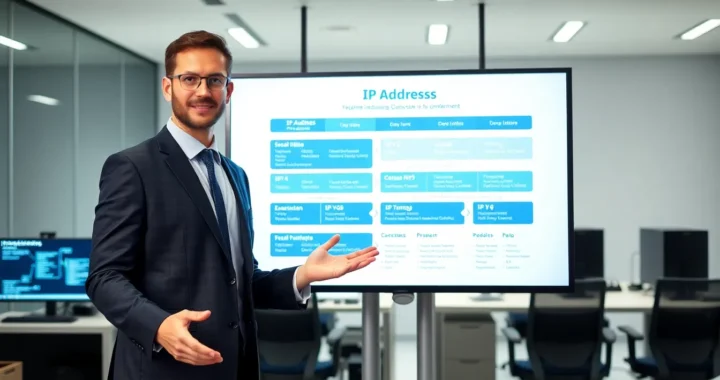
Why Outdated Shop Management Processes Are Costing Repair Shops Revenue
It is another busy morning at the shop. Cars are lined up, phones will not stop ringing, and your techs are already knee-deep in repairs. On the surface, things look good. Business seems steady.
But step behind the counter for a moment. That is where the story changes. Piles of paper estimates, handwritten notes that only one person can read, and invoices waiting to be entered. It feels familiar, maybe even routine. Yet this “old way” of running things is quietly draining your shop’s revenue.
The truth is, outdated processes waste time, create costly mistakes, and frustrate customers who expect something better. What used to work is now holding your business back.
Let’s break down how those habits are eating into profits and what can be done about it.
The Hidden Costs of Sticking to Old Systems
Wasted Time and Labor
How many times has someone in your shop stopped mid-task to dig for a missing invoice or double-check numbers on a handwritten ticket? It happens more often than we like to admit. Those few extra minutes may not feel like a big deal, but they add up fast.
What should be a quick task turns into a time drain. Multiply a 15-minute paperwork shuffle by dozens of jobs each week, and suddenly you have hours of productivity lost. Hours that could have been spent doing what actually makes money: repairing cars.
Revenue Leakage from Errors
Paper systems have a way of inviting mistakes. One wrong number on a parts order. A labor total written down incorrectly. A discount that was meant to be applied but got skipped. On a $2,000 repair, even a small slip can erase the profit from that job.
When these errors repeat across weeks and months, the financial impact becomes impossible to ignore. What feels like “just one mistake” today can quietly snowball into thousands of dollars gone by the end of the year.
How It Hurts Customer Experience
Customers are used to convenience. They can tap a card at the coffee shop and get a receipt instantly. They can shop online at midnight and see updates right away. That is the standard now, and they expect the same everywhere.
So when they walk into your shop and are handed a handwritten estimate, or told to wait while totals get recalculated, it feels slow. It feels outdated. And it raises questions about whether the shop is just as behind the times in other areas.
The frustrating part is that even when the repair itself is flawless, the first impression often sticks. Studies show that more than half of customers switch to a competitor after just one bad experience. Losing a few loyal customers this way each year is enough to make a noticeable dent in revenue.
The Competitive Disadvantage

Other shops are not waiting around. Many have already made the switch to digital systems like auto repair shop management software, giving them operations that run faster, cleaner, and with fewer mistakes. With the right tools, they can move more cars through the bays, keep customers informed, and deliver a smoother experience at every step.
If your shop is still leaning on pen and paper, it shows. What once passed as normal now comes across as outdated compared to competitors who offer online scheduling, digital invoices, and quick payment options. Customers notice the difference right away, and they remember it when choosing where to go next time.
Where Shops Lose the Most Money
The biggest leaks in revenue usually show up in three places.
Scheduling and Capacity Management
- Bays sitting empty because of no-shows or missed appointments.
- Double-booked time slots that frustrate both customers and technicians.
- No clear picture of technician workloads, making it tough to keep the shop running at full capacity.
When scheduling is disorganized, cars are not moving through the shop the way they should, and that lost time quickly turns into lost revenue.
Parts and Inventory
- Shelves packed with parts that rarely get used.
- Jobs delayed because the one part you need is missing.
- Cash tied up in inventory that is not generating any return.
Without a reliable way to track stock, shops lose valuable time and tie up money that could be used elsewhere in the business.
Invoicing and Payments
- Bills held up because invoices are written by hand.
- Charges missed or forgotten, leaving money on the table.
- Customers who slip through the cracks without paying on time.
A modern software solution helps plug these gaps by automating scheduling, keeping inventory accurate, and making sure invoices are correct every time.
Why Modern Systems Create Real Value
With the right digital system in place, owners can automate repetitive tasks and get a single dashboard that shows exactly where the business stands in real time.
Some of the biggest advantages include:
- Quicker turnaround on estimates and invoices.
- Real-time tracking of parts, jobs, and labor hours.
- Reports that clearly show profit margins and highlight problem areas.
- Simple communication with customers through reminders and updates.
The difference is in the way decisions get made. Instead of reacting to problems after they happen, owners can spot issues early, plan ahead, and make choices based on accurate data rather than gut feeling.
The Fear of Change vs the Cost of Standing Still
It is natural for shop owners to hesitate. Change feels big. The idea of investing in automation tools, training the team, and leaving behind old habits can seem overwhelming. Sticking with what is familiar feels easier in the moment. But every manual mistake, every wasted hour, and every unhappy customer comes with a price.
The truth is that modern systems usually pay for themselves. Avoiding just a few invoicing errors or keeping one extra bay busy each day can more than cover the cost. When you add the long-term gains of happier customers and smoother operations, the value is impossible to ignore.
A Smarter Path Forward
For shops that want to stop the revenue leaks, the best move is to start small and focus on the basics:
- Tighten up scheduling so every bay is being used to its full potential.
- Switch to digital invoicing and payment collection to cut down on mistakes and delays.
- Improve visibility into inventory so you know what is on the shelf and what needs to be ordered.
Once those foundations are in place, it is easier to build on them with features like customer reminders, performance reports, and mobile payment options.
The Bottom Line
Old processes might feel familiar, but they chip away at profits day after day. They waste time, cause mistakes, frustrate customers, and make it tough to compete in a fast-moving market.
This is not about chasing the latest tech trend. It is about protecting your business, your reputation, and your bottom line. Smarter systems turn confusion into clarity and wasted effort into profit.
Margins in auto repair are already thin. Do not let outdated processes be the leak that slowly drains your success.





